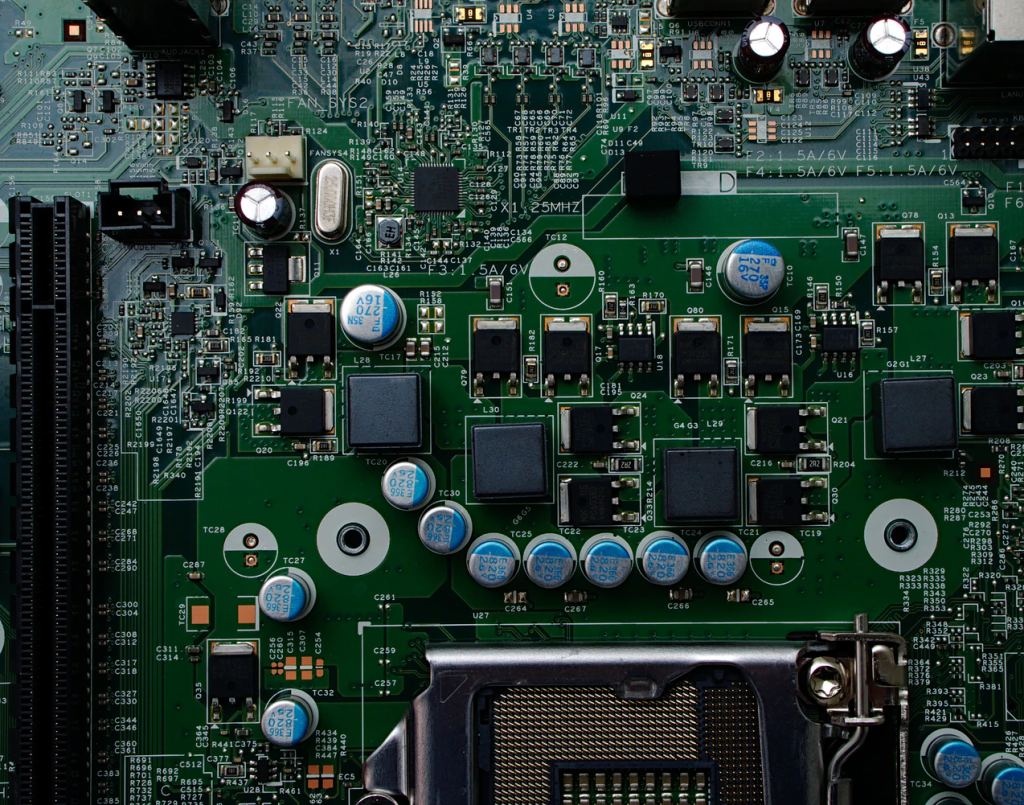Top 8 Supply Chain Technologies that will Disrupt the Industry
BELOW, WE HAVE CURATED THE TOP 8 SUPPLY CHAIN TECHNOLOGIES POISED TO DISRUPT THE INDUSTRY. YOU WILL FIND HYPERLINKS IN EACH DESCRIPTION TO ADDITIONAL RESOURCES IF YOU ARE INTERESTED IN LEARNING MORE ABOUT ANY OF OUR TOP CONTENDERS.

1. Automation
Automation, whether in the form of warehouse robots, automobiles, or other tooling, is the future of supply chain management. Robots in warehouses have already begun to show efficiencies in time and reliability, cutting labor costs, and providing consistent results. Meanwhile, self-driving cars and long-haul trucks are also being developed to minimize accidents and reduce time spent at rest stops. These are simply two of the many forms of automation currently being employed throughout the supply chain.
However, as automation continues to make waves throughout the supply chain, it is important to note new concerns may arise. A few of these potential issues include cybersecurity worries and a debate on informed decision making. For now, humans trump robots in critical decision making, such as assessing the delicate nature of materials and making educated choices during crisis.

2. Real-Time Data Feedback
Today it is easier to send and receive data than ever before. This is mostly due to the arrival of innovations such as mobile applications, on-board computers (OBCs), and electronic logging devices (ELDs). These conduits are able to report information such as location, performance, and upcoming blocks to productivity in real-time. This information provides an element of predictability to the supply chain and allows for better forecasting and reporting. However, it is important to note that as real-time data feedback becomes more progressive, key players in the supply chain will need to consider data privacy and who should be allowed to access the information that is reported.

3. Software Solutions
Software solutions skyrocketed amidst the global pandemic. Many software developers run on agile development timelines, allowing the competitive industry to ensure software is staying up-to-date with the current needs of the supply chain industry. Mercell’s full eProcurement software suite allows procurement professionals to publish solicitations and bids, manage contracts, and more.
However, a software can only be as helpful to your organization as it is tailored to the needs and functions of your piece of the supply chain. While Mercell provides a full support team to its end users and their vendors, the adoption of software solutions within the supply chain threaten to create a gap in knowledge between the generations of workers present in the industry. Choosing a provider that does not offer a full support team could mean additional costs for your organization.

4. AI/ Machine Learning
Artificial intelligence (AI) and machine learning are being adopted throughout the supply chain at rapidly growing rates. Planning, scheduling, spend analytics, logistics optimization, and forecasting are just a few of the many opportunities AI and machine learning have to create an impact within the supply chain. However, these innovations are still greatly misunderstood and can feel out-of-reach for many. Thus, AI has seen a slower adoption rate than many of the other technologies and innovations on this list.

5. Blockchain Payments
Blockchain and financial technologies hold the promise of great disruption within the supply chain. These technologies can increase transparency, create resiliency, and streamline supplier onboarding. However, Blockchain encounters many of the same issues that AI and Machine learning have faced. This, in part, is due to the little education that exists on implementing Blockchain within a supply chain and how an organization can reap the benefits.

6. On-Demand Delivery
On-demand delivery is a well-known phenomenon expanding across the supply chain industry. Organizations are looking to new, innovative technologies and relying on vendors to provide shorter turnarounds between order and delivery. Drones, for example, take commercial transportation to the sky, cutting out road delays and package processing facilities. Currently, the air space between the ground and commercial flights is less understood compared to traditional roads and waterways.
However, Amazon has set high expectations and taken great strides in creating an infrastructure to meet consumer demand in this area. Delivery in zero to two days is no longer an incredible feat, but an expected possibility as supply chains will need to adapt to incorporating on-demand delivery commercially and industrially.

7. 3D Printing
3D printers are able to manufacture items out of a variety of materials including plastics, common metals, precious metals, rubber, and glass. Furthermore, the agriculture industry is innovating ways to print organic materials like plants and animals, while the medical field is working towards creating human organ replacements. The extent of 3D printing is unknown and we have yet to even scratch the surface.
However, the price of machinery and filament to print can often create hesitation in many organizations that could employ 3D printing along the supply chain. While a artistic handhold 3D printing pen may only cost you $40, an industrial 3D printing machine can run you into 5 or 6 digits.

8. Social Collaboration
Finally, social collaboration tools are innovating the supply chain. These tools make the end of our list, not because they are the least important, but because they have already seen wide adoption throughout the COVID-19 pandemic. Social media and other social collaboration applications (Zoom, Teams, etc) have allowed for vast knowledge sharing and networking opportunities. Additionally, these platforms cut out the need for the majority of in-person meetings, freeing up human resources to be used elsewhere in the supply chain.
However, humans thrive on social contact and many feel isolated by either lack of technological skills or physical distance. As we return to a post-pandemic world, it is evident that there is no replacement for good ‘ol fashion human interaction, however they could help us save a few hours commute.
We hope you enjoyed our breakdown of the top 8 innovative technologies that we guarantee will disrupt the supply chain industry. If you are interested in learning more about innovations within the supply chain, check out these three additional resources:
“5 Supply Chain Technologies Deliver Competitive Advantage”
“2021 Supply Chain Technology Trends to Watch”
“Three Game-Changing Supply Chain Technologies”
